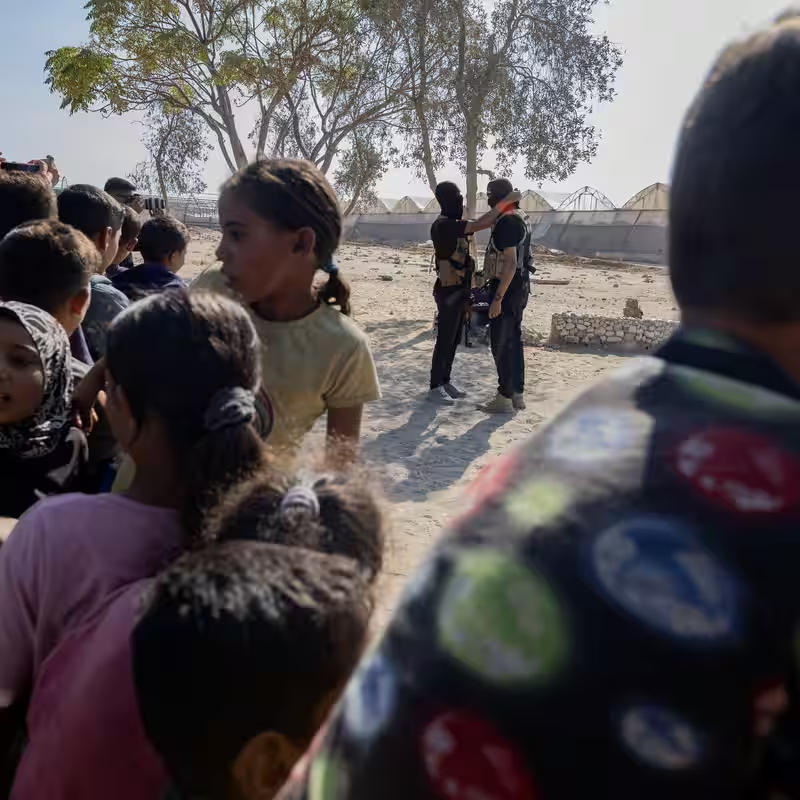The ambitious plan to deploy an international security force to Gaza is teetering on the edge, as nations worldwide express deep reluctance to commit their soldiers to the volatile region. At the heart of this diplomatic and military stalemate is the Trump administration’s 20-point peace plan, which envisions a robust International Stabilization Force (ISF) to secure a lasting ceasefire and pave the way for reconstruction .
Why Nations Are Hitting the Brakes on Gaza Deployment
The core of the problem is a perfect storm of danger, ambiguity, and political risk. Potential troop-contributing countries are caught between a rock and a hard place. On one side, there’s immense international pressure to support peace. On the other, their soldiers would be walking into a potential quagmire.
“Gaza international security force” is the official term, but for many foreign ministries, it’s become a euphemism for a mission with no clear endgame. The primary fears are threefold:
- Direct Combat with Hamas: Despite a ceasefire, the risk of violent clashes with the entrenched militant group remains extremely high. The ISF’s mandate to help disarm armed groups is a direct provocation .
- An Unclear Mission: Is the force a peacekeeper, a police trainer, or an occupying army? The lack of a precise, internationally agreed-upon mandate leaves nations wary of mission creep .
- The Occupier’s Stigma: Any foreign military presence on Palestinian soil is politically toxic. Countries fear being branded as a new occupying force, a perception that could ignite unrest at home and across the region .
The Short List of Potential Contributors—and Their Hesitations
Early reports suggested a coalition of Muslim-majority nations might form the backbone of the ISF, with Pakistan, Azerbaijan, and Indonesia named as leading candidates . However, even these nations are proceeding with extreme caution.
Turkey has offered to help rebuild Gaza but faces deep-seated mistrust from Israel, which is reportedly hesitant to allow Turkish troops into the territory . Other potential Arab partners, like Jordan and Egypt, are mentioned as key consultants in the plan , but their willingness to put boots on the ground remains unconfirmed and is likely contingent on ironclad guarantees and a clear exit strategy.
Meanwhile, traditional Western powers are largely absent from the conversation, their own publics weary of foreign military entanglements in the Middle East.
The Stakes: A Fragile Ceasefire Hangs in the Balance
The success of the entire Gaza ceasefire hinges on the ISF’s deployment. Without a credible, neutral security presence, the fragile truce is vulnerable to collapse. The ISF is tasked not only with maintaining order but also with the monumental job of training a new, vetted Palestinian police force—a critical step toward a future Palestinian governance structure .
However, the force’s ability to even begin this work is in question. Its primary challenge will be navigating the complex reality of a Gaza where Hamas, while part of the ceasefire, remains a powerful political and military entity. Disarming the group, as the plan suggests, is a task fraught with peril .
As the October 21, 2025, date marks a critical juncture, the world watches to see if diplomacy can overcome these formidable obstacles. The alternative—a return to full-scale conflict—is a prospect too grim for any nation to contemplate.
Sources
- The New York Times: Nations Hesitate to Send Troops to Gaza
- Web Search Results: , , , , , ,




